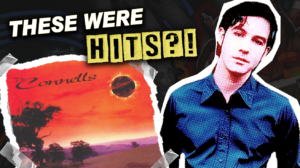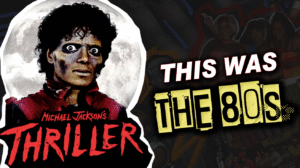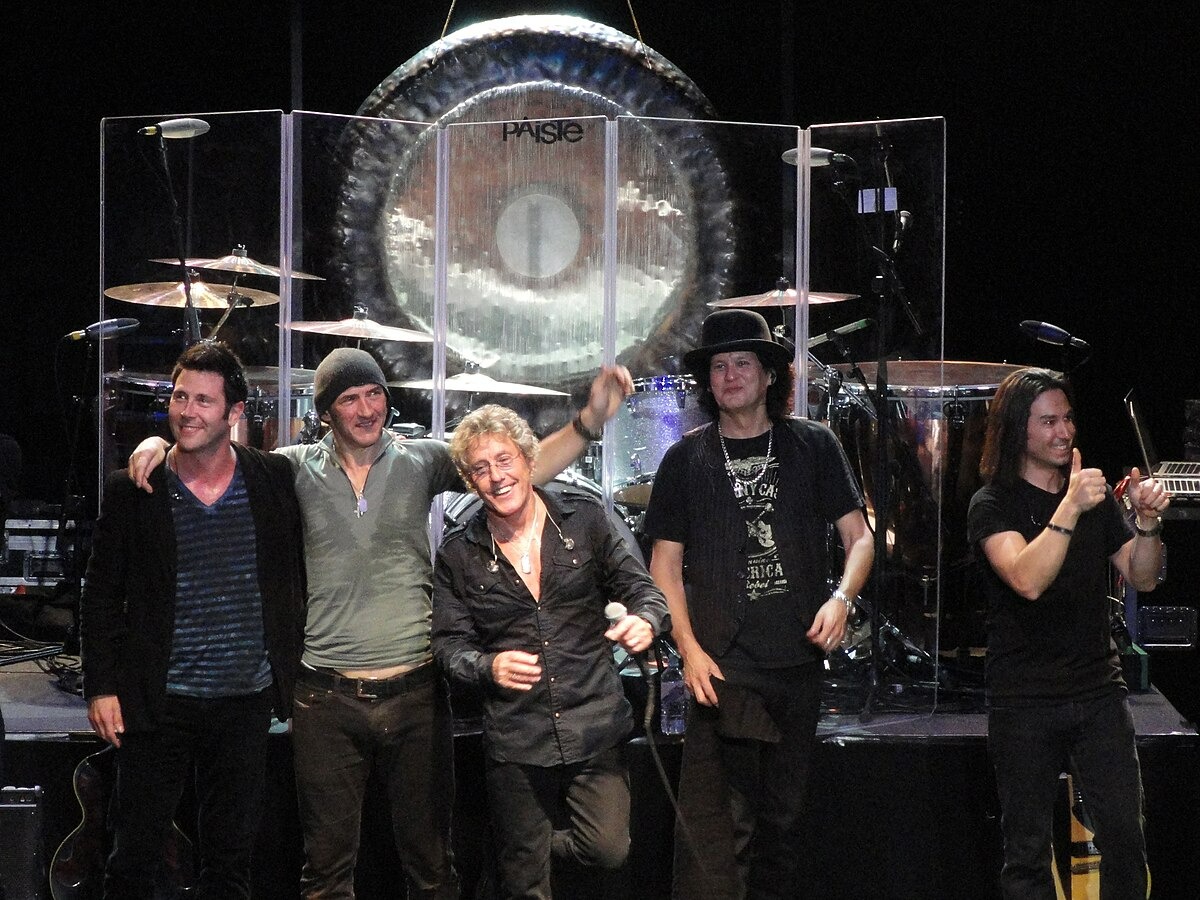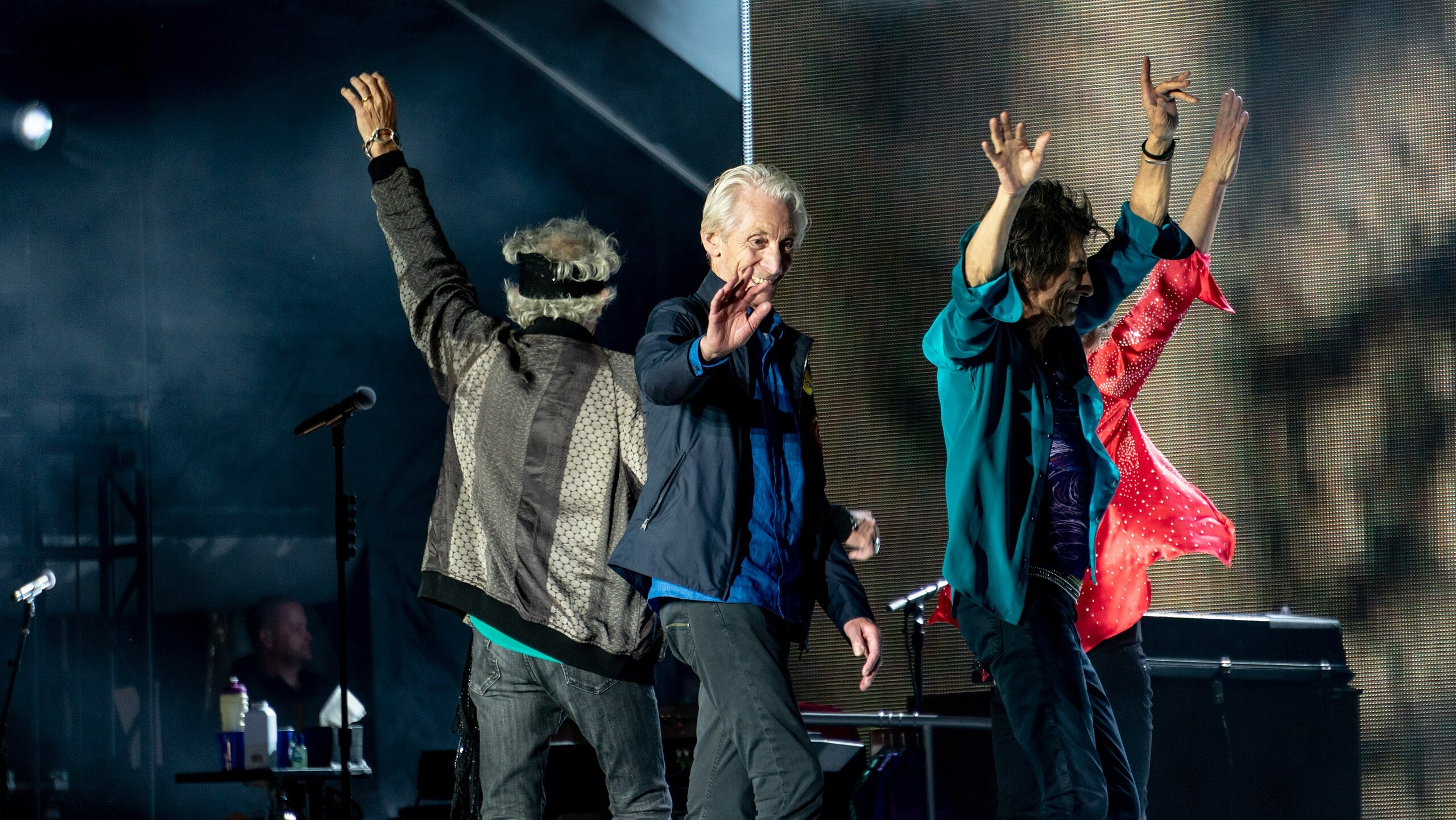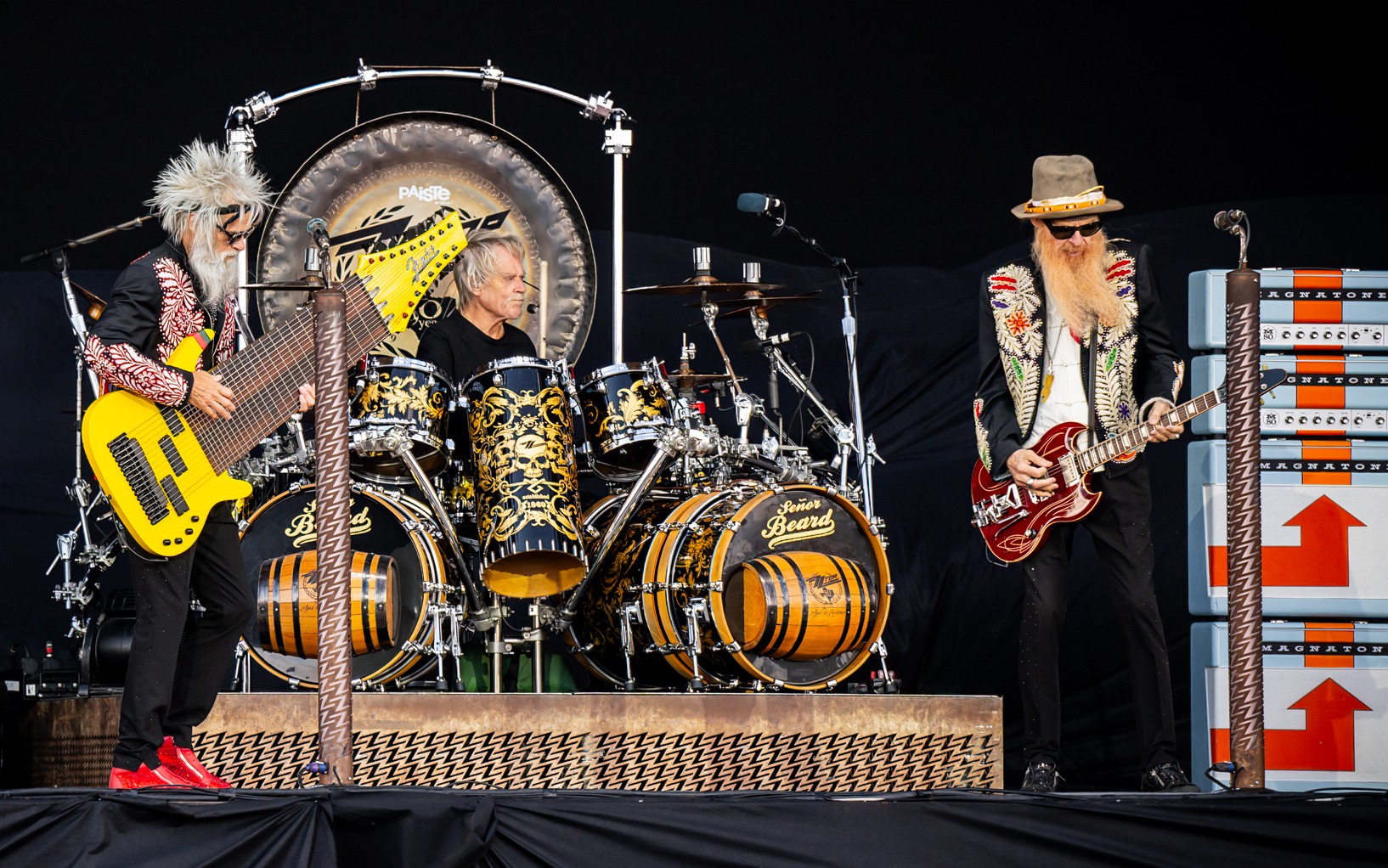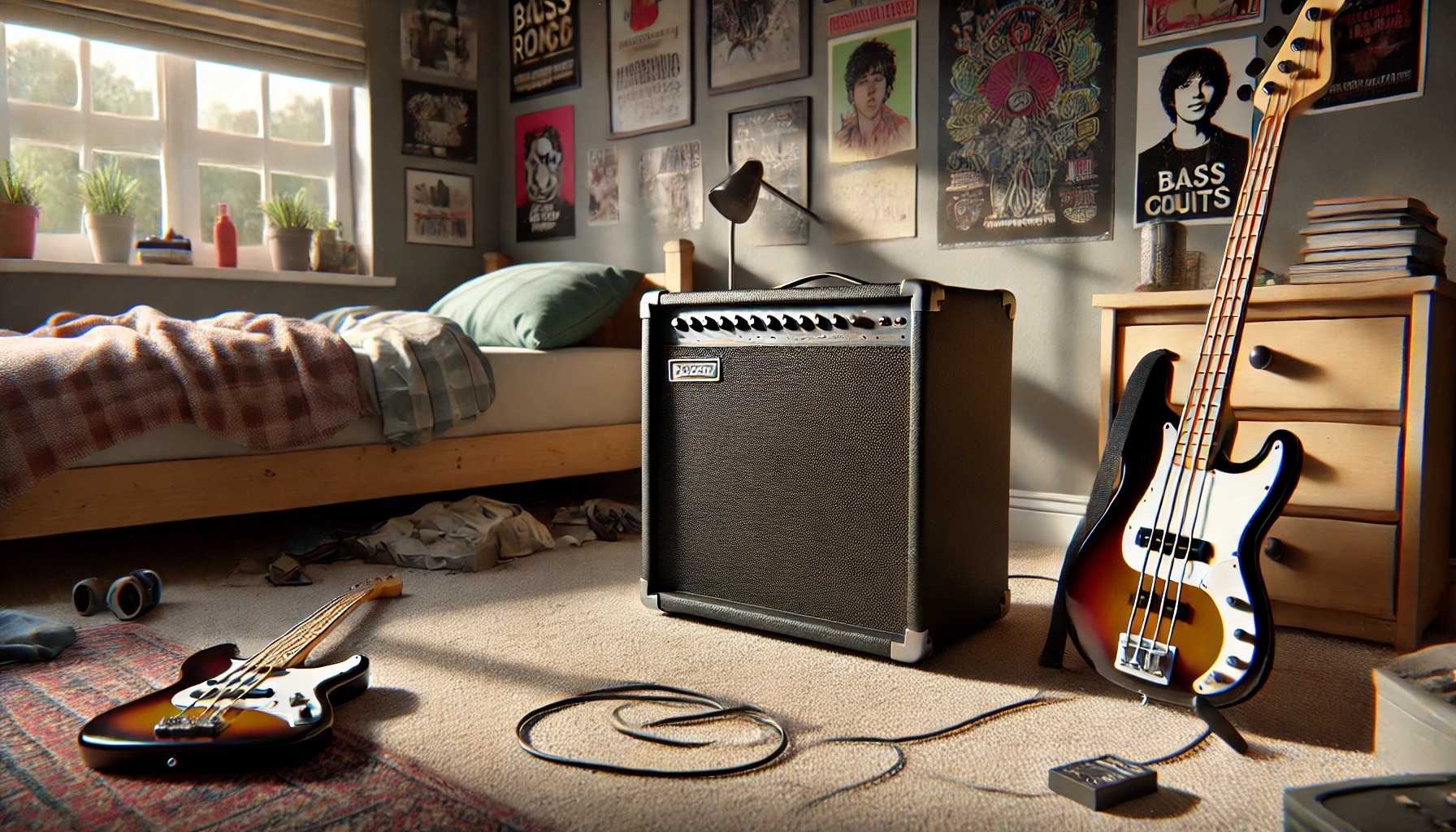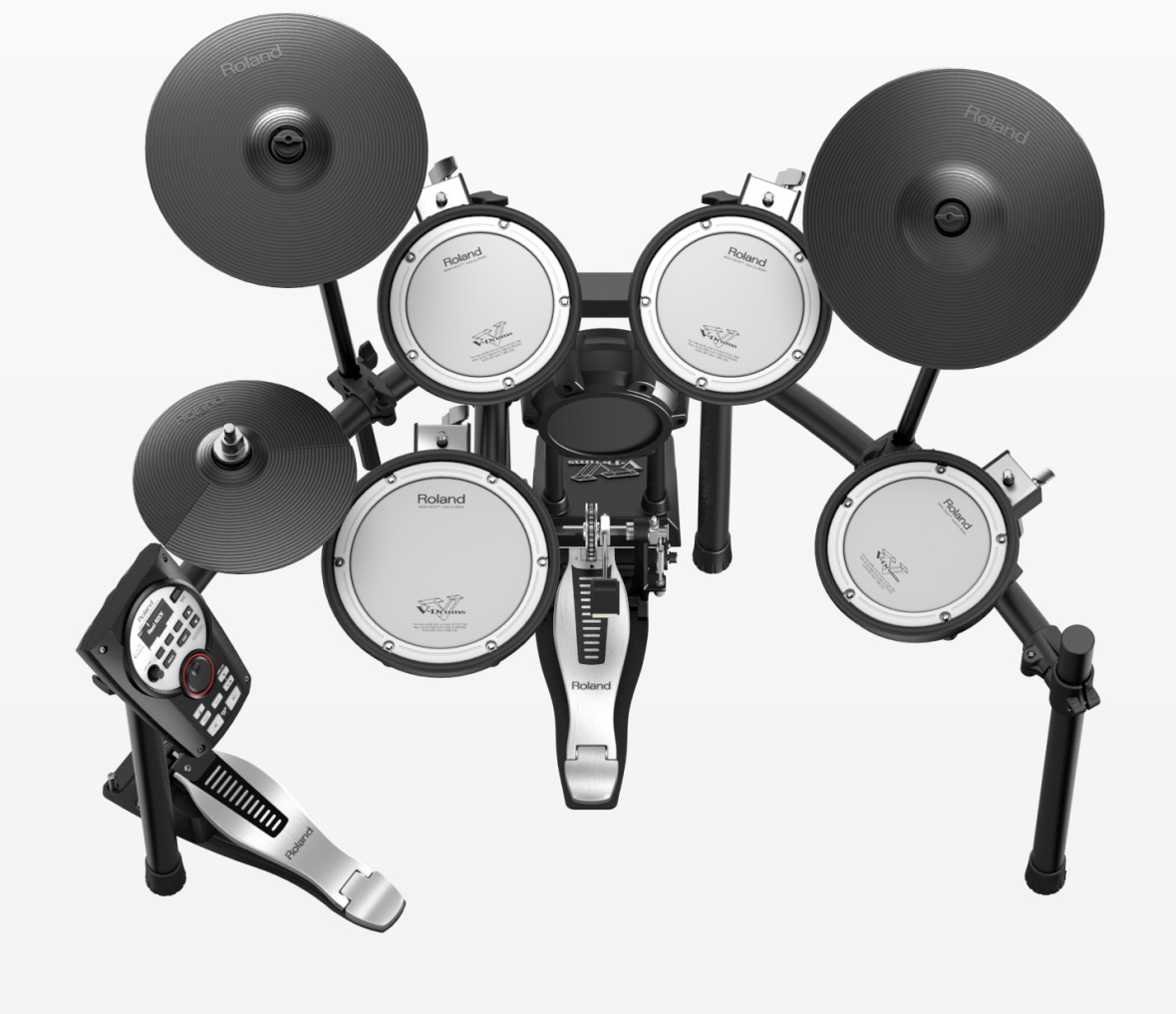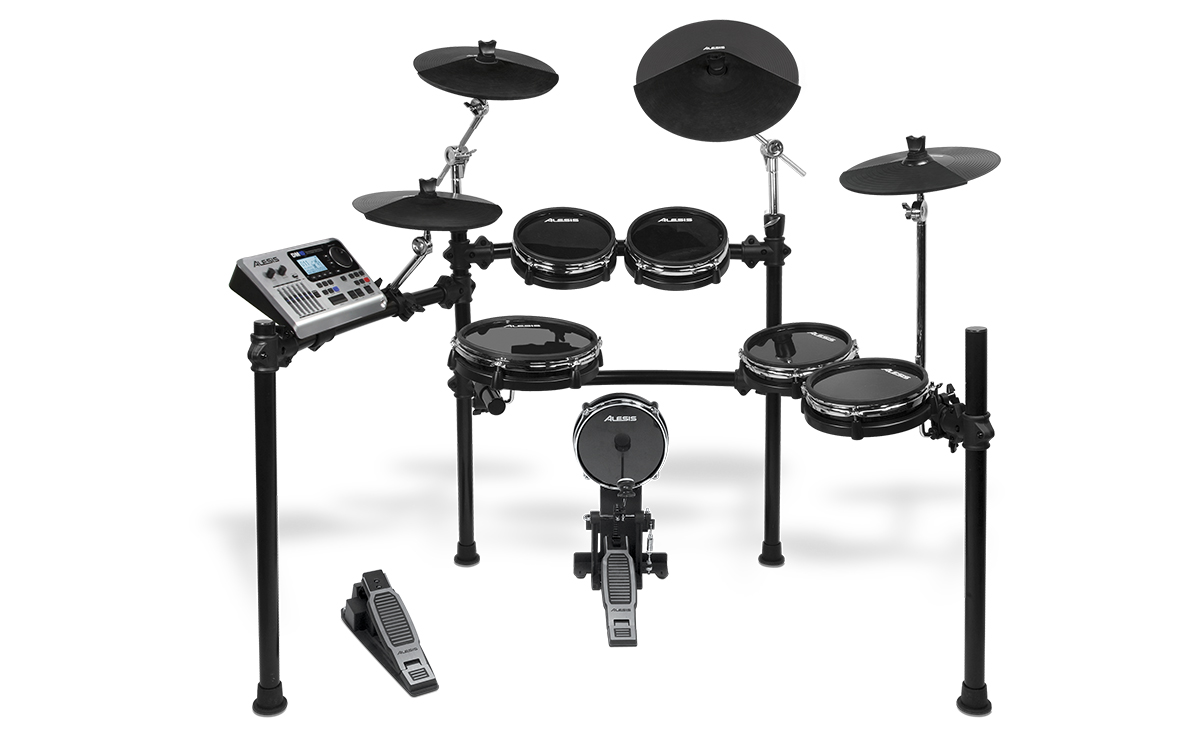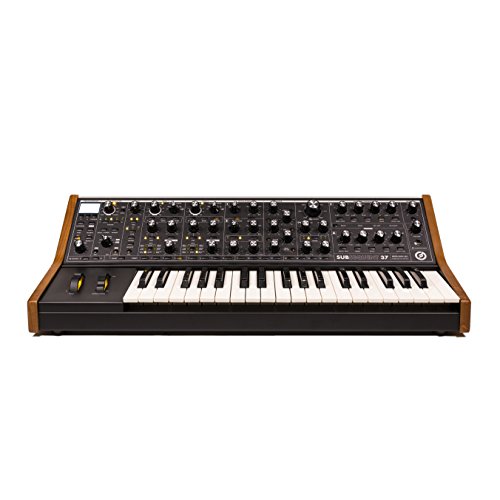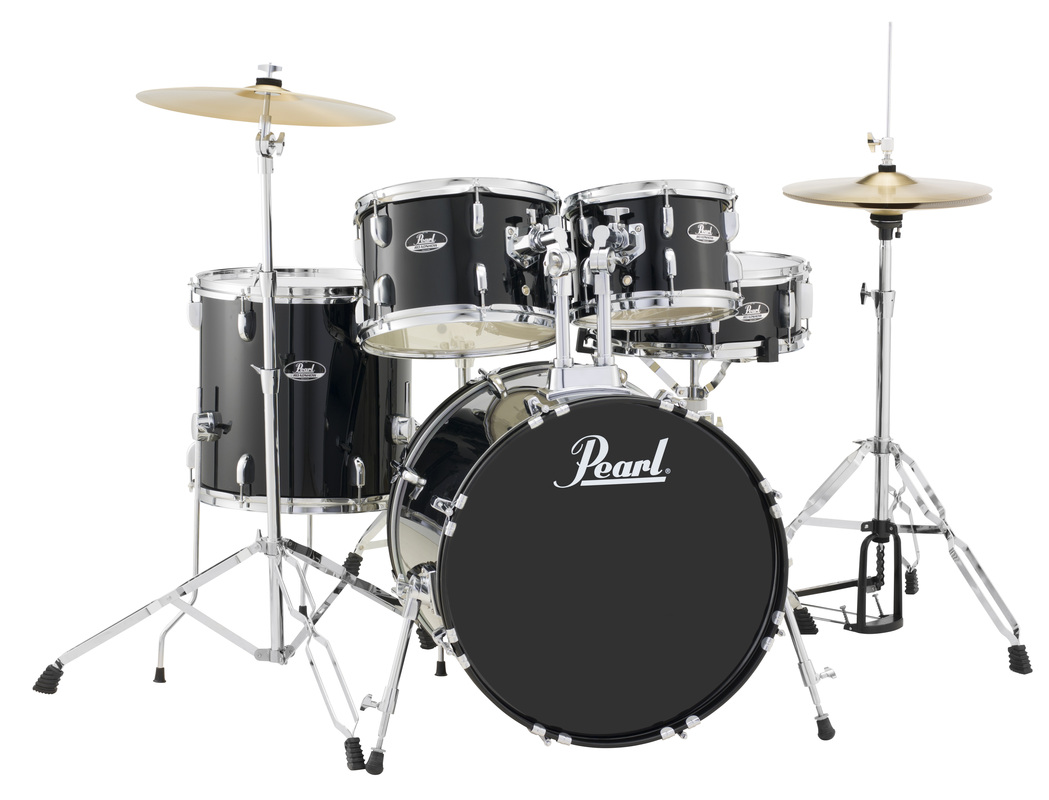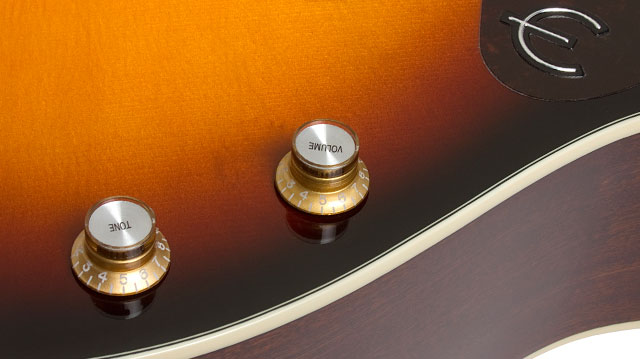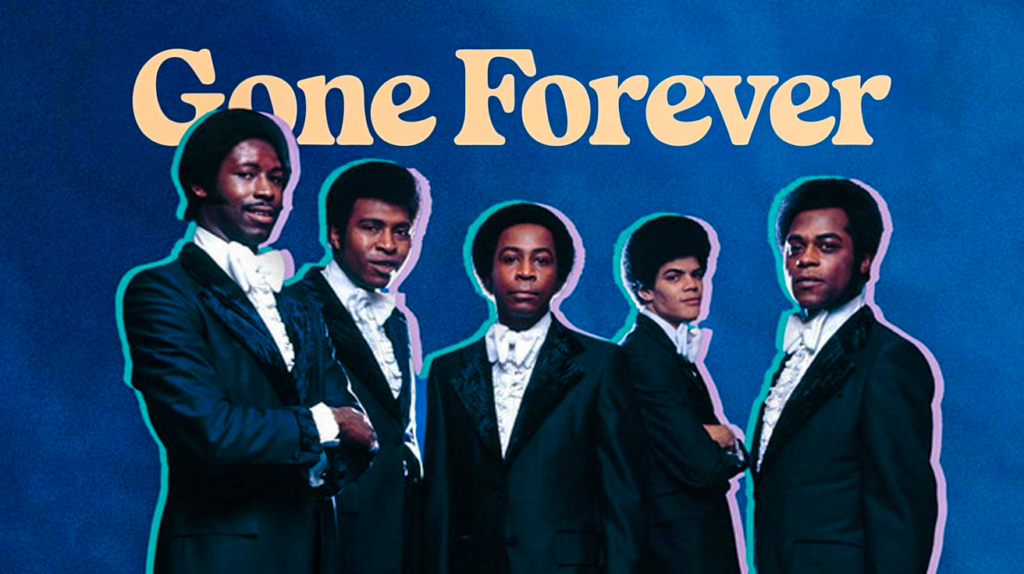
Have you ever wondered what happened to the bands that shaped the sound of the 1970s? In cramped studios and crowded clubs across America, Black musicians were creating music that would change culture forever. Groups like The Dramatics and The Chi-Lites poured their souls into songs that still touch hearts today. Yet despite their groundbreaking contributions, many of these revolutionary artists gradually faded from public view – some embarked on solo projects and left behind half-broken bands, some maintained relevance for a little while past the 70s, and some stepped out of the spotlight altogether.
Their untold stories reveal the bittersweet reality of musical stardom.
20. Labelle Musical Revolution
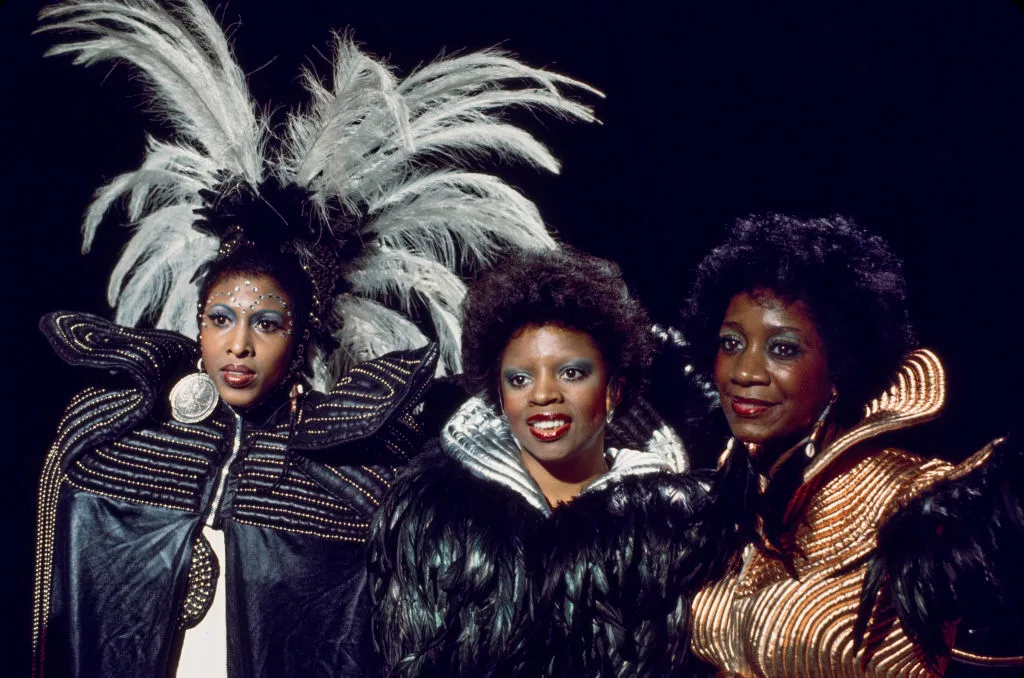
Think glam rock was just for white British bands? Labelle shattered that myth when they transformed from a traditional girl group into an Afro-futuristic rock-soul powerhouse in 1971. Their metamorphosis challenged every convention about how Black female artists could present themselves and their music. “Lady Marmalade” topped both Pop and R&B charts in 1975, while selling over one million copies. When you hear modern artists blending rock attitude with soul vocals, you’re experiencing Labelle’s lasting revolution – they kicked down genre doors so hard, that they never swung shut again.
19. The JB’s Musical Phenomenon
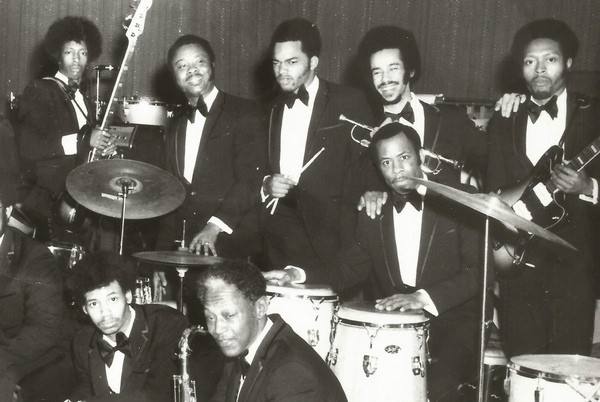
Think you know funk? You’re probably hearing The JB’s influence without realizing it. When James Brown handpicked his new backing band in 1970, he assembled what would become funk’s master class. With over 30 charting singles between 1970 and 1976, they didn’t just play funk – they defined it. Bootsy Collins’ basslines and Fred Wesley’s trombone work created a rhythmic language that still shapes modern music. Next time you hear a funk groove sampled in hip-hop or electronic music, thank The JB’s – they wrote the dictionary that today’s musicians still study.
18. The Chi-Lites Harmony Legacy
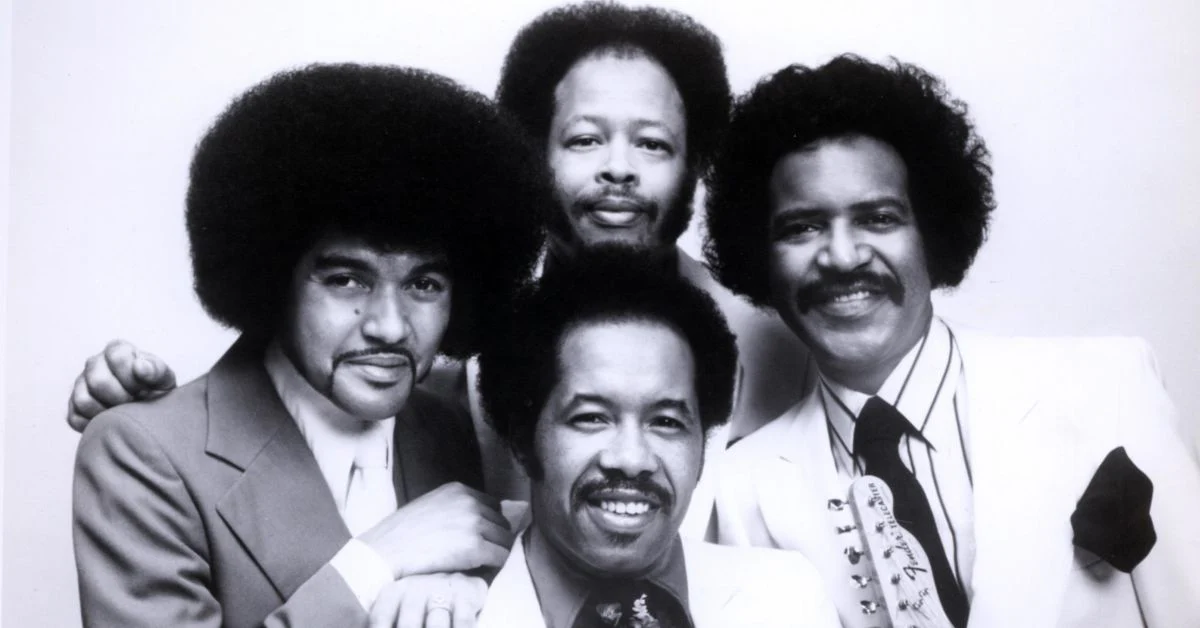
Remember when love songs told actual stories? The Chi-Lites turned romance into three-minute movies. Chicago’s 1971 soul scene found its Shakespeare in Eugene Record, whose pen turned everyday drama into soul classics. 11 gold singles between 1971-1974 proved that listeners were hungry for narratives with their groove. While “Have You Seen Her” might make you shed a tear, their lasting gift was showing that soul music could paint pictures with words.
17. The Dramatics Musical Journey

Just when you thought Detroit had revealed all its musical treasures, The Dramatics raised the bar. Their five-part harmonies weren’t just arranged – they were choreographed for the ear. Nine consecutive top 10 R&B hits between 1971-1974 rewrote the rules of group dynamics. “In the Rain” might have captured heartbreak, but their real achievement was proving that precision and passion could coexist.
16. The Stylistics Soulful Legacy
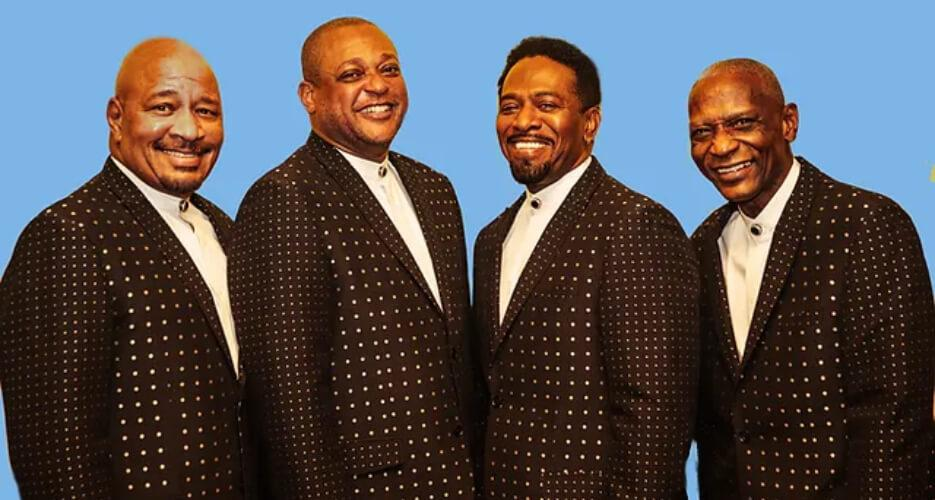
Think falsetto is just for love songs? Russell Thompkins Jr. and The Stylistics turned it into an art form. Under Thom Bell’s guidance, 12 consecutive top ten R&B hits from 1971 to 1974 redefined what vocal groups could achieve. “You Make Me Feel Brand New” wasn’t just a hit – it was a masterclass in sophisticated soul. While American success faded, British audiences proved great music knows no boundaries.
15. The Delfonics Soulful Narrative
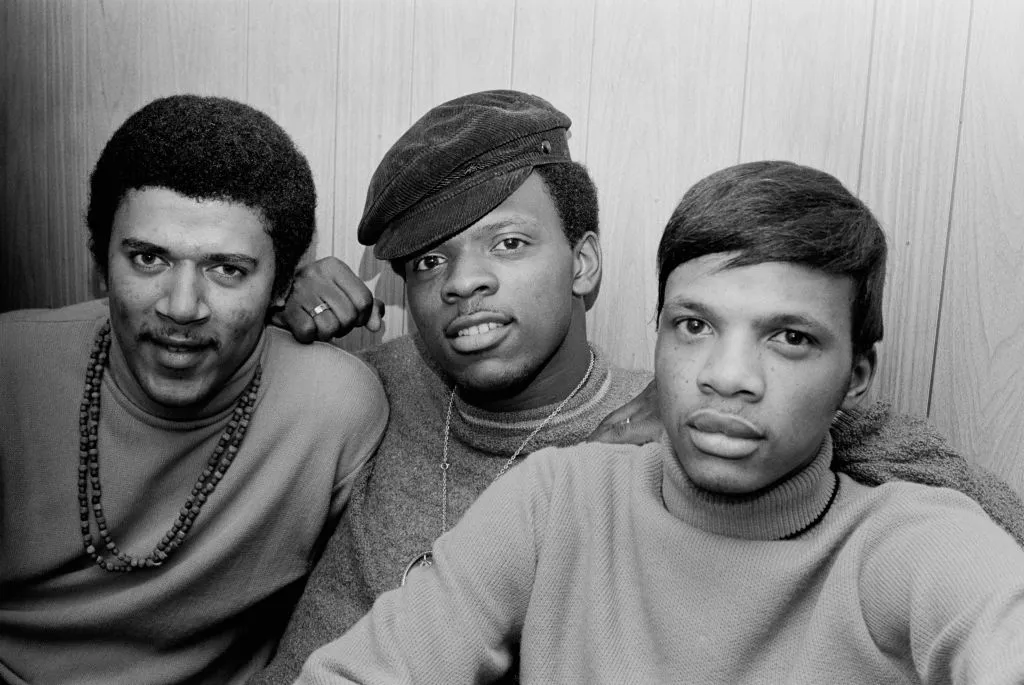
Before autotune, The Delfonics showed what real vocal harmony could achieve. Their mid-1960s emergence set Philadelphia soul’s gold standard through meticulous attention to vocal arrangement. Five top 20 Billboard hits between 1968 and 1972 proved sophistication could sell. Their collaboration with producer Thom Bell on classics like “La-La Means I Love You” established a template so perfect that contemporary artists still sample it, seeking to capture that elusive magic.
14. Earth, Wind & Fire Musical Revolution
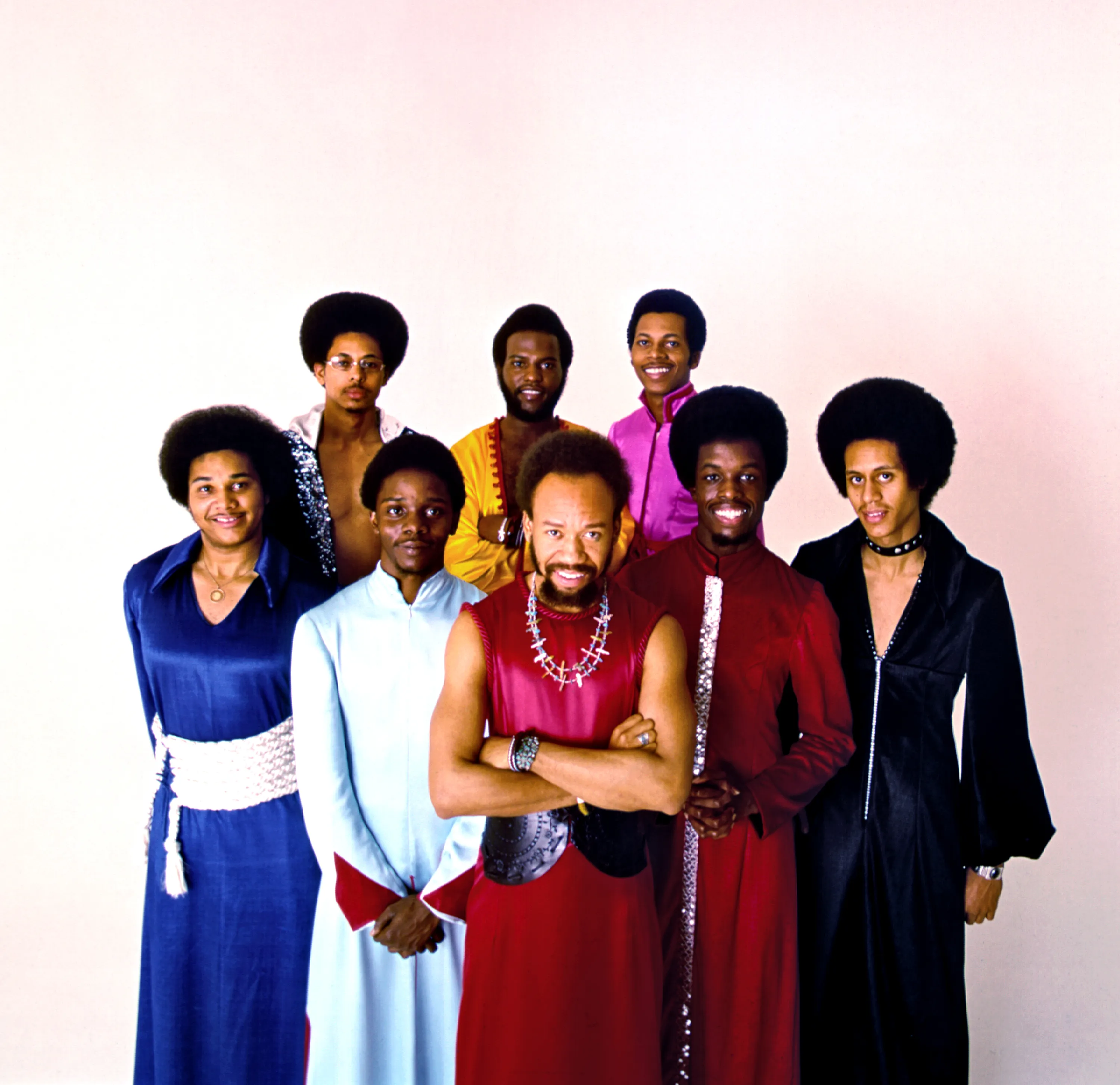
When Maurice White mixed African kalimbas with funk basslines in 1969, skeptics said it wouldn’t work. Global record sales exceeding 90 million copies proved them spectacularly wrong. The addition of Philip Bailey’s stratospheric falsetto in 1972 opened new possibilities for vocal arrangements, while their spiritual philosophy gave funk music a higher purpose. Next time you hear “September” at a wedding, remember this was the band that taught funk how to transcend.
13. The Moments Musical Intimacy

Just when you think you’ve heard every love song possible, The Moments remind you why romance never goes out of style. Their breakthrough “Love on a Two-Way Street” dominated Billboard’s R&B chart for five weeks in 1970, proving that sincerity still sells. Legal battles may have forced their transformation into Ray, Goodman & Brown by 1978, but their artistic vision remained unshakeable. Harry Ray’s soaring vocals on “Look at Me (I’m in Love)” still set the standard for romantic soul.
12. War’s Musical Rebellion
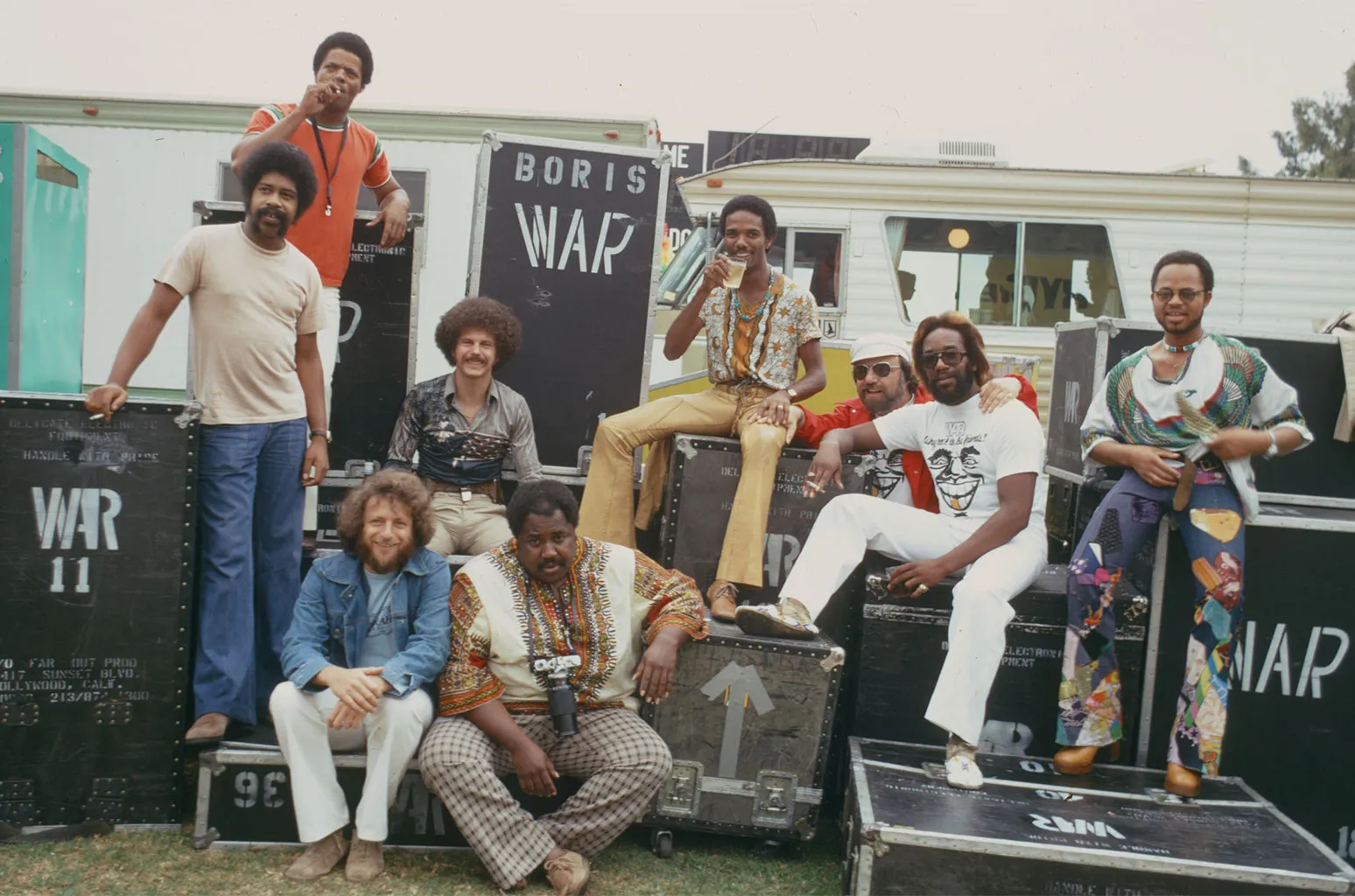
If you think today’s musical fusion is revolutionary, War was blending genres while others were still coloring inside the lines. Los Angeles’ multicultural landscape of 1969 birthed a sound as diverse as the city itself. Seven top 10 Billboard hits between 1971 and 1976 proved that breaking cultural barriers made good business sense too. While “Low Rider” still gets the party started, their 1975 anthem “Why Can’t We Be Friends?” remains a masterclass in making social commentary irresistibly danceable.
11. The Main Ingredient Musical Journey
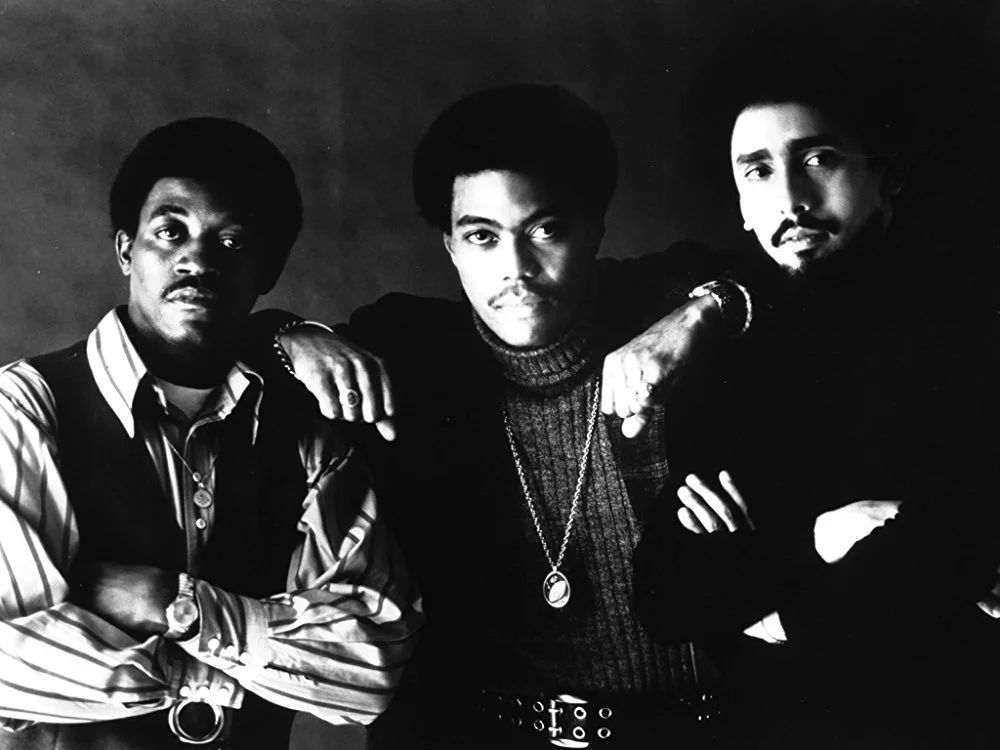
Next time you’re feeling down, remember The Main Ingredient turned life lessons into hit records. “Everybody Plays the Fool” went double-platinum in 1972, but its success was anything but foolish after years of persistence. Cuba Gooding Sr.’s velvet vocals brought warmth to sophisticated arrangements like “Just Don’t Want to Be Lonely,” proving soul music could be both smart and accessible. Their influence echoes through every R&B song that manages to make wisdom sound wonderful.
10. Ike & Tina Turner Revue
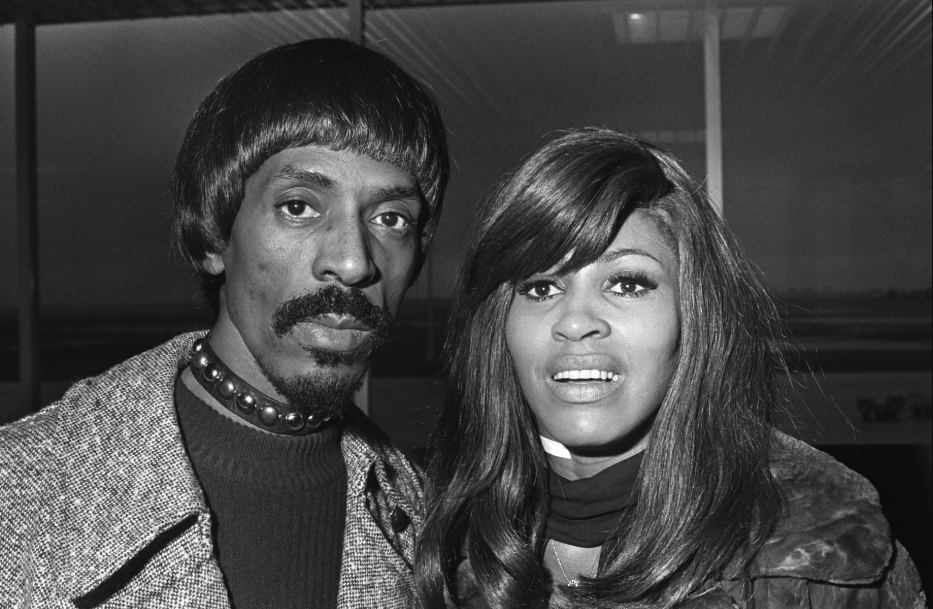
Nobody who saw the Ike & Tina Turner Revue in the 1960s and early ’70s ever forgot it. Their explosive fusion of soul, rock, and R&B created a template for raw performance energy that artists still study today. Their cover of “Proud Mary” earned a Grammy in 1972, proving that reimagining a song could surpass the original. Tina’s volcanic stage presence turned songs like “River Deep – Mountain High” and “Nutbush City Limits” into master classes in performance intensity. Behind the electrifying shows lay a troubling reality of abuse and control, making their musical achievements even more remarkable as testaments to artistic resilience.
9. The Spinners Musical Legacy
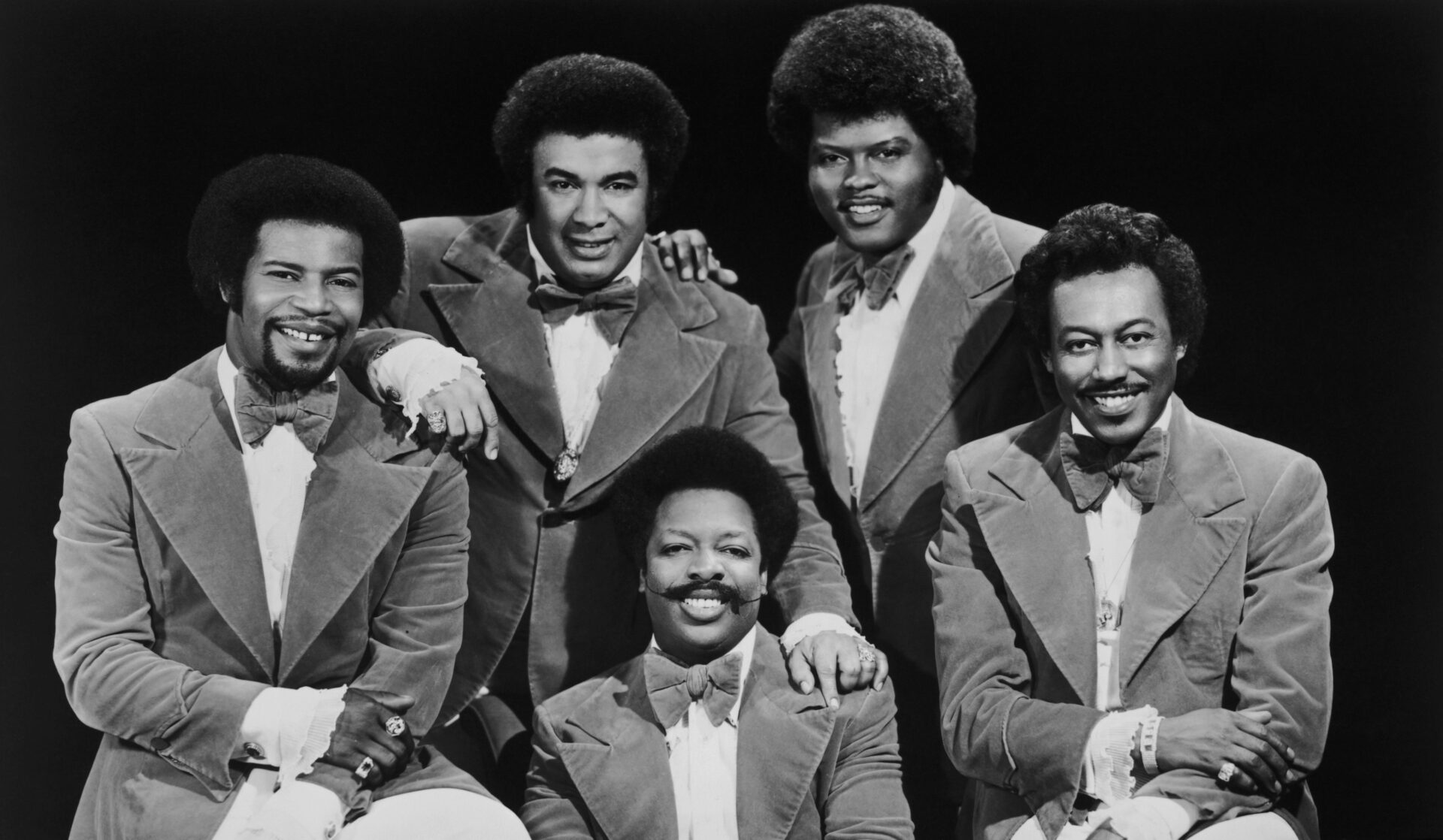
The Spinners created a distinctive sound that helped define sophisticated soul music throughout the 1970s. Their partnership with producer Thom Bell resulted in 16 top 40 hits between 1972 and 1977, establishing them as a dominant force in R&B. Hits like “I’ll Be Around” and “Could It Be I’m Falling in Love” demonstrated their perfect balance of smooth harmonies and engaging storytelling. Henry Fambrough’s continued presence helped maintain their musical legacy through various lineup changes, preserving their distinctive sound for new generations.
8. The Jackson 5 Musical Phenomenon
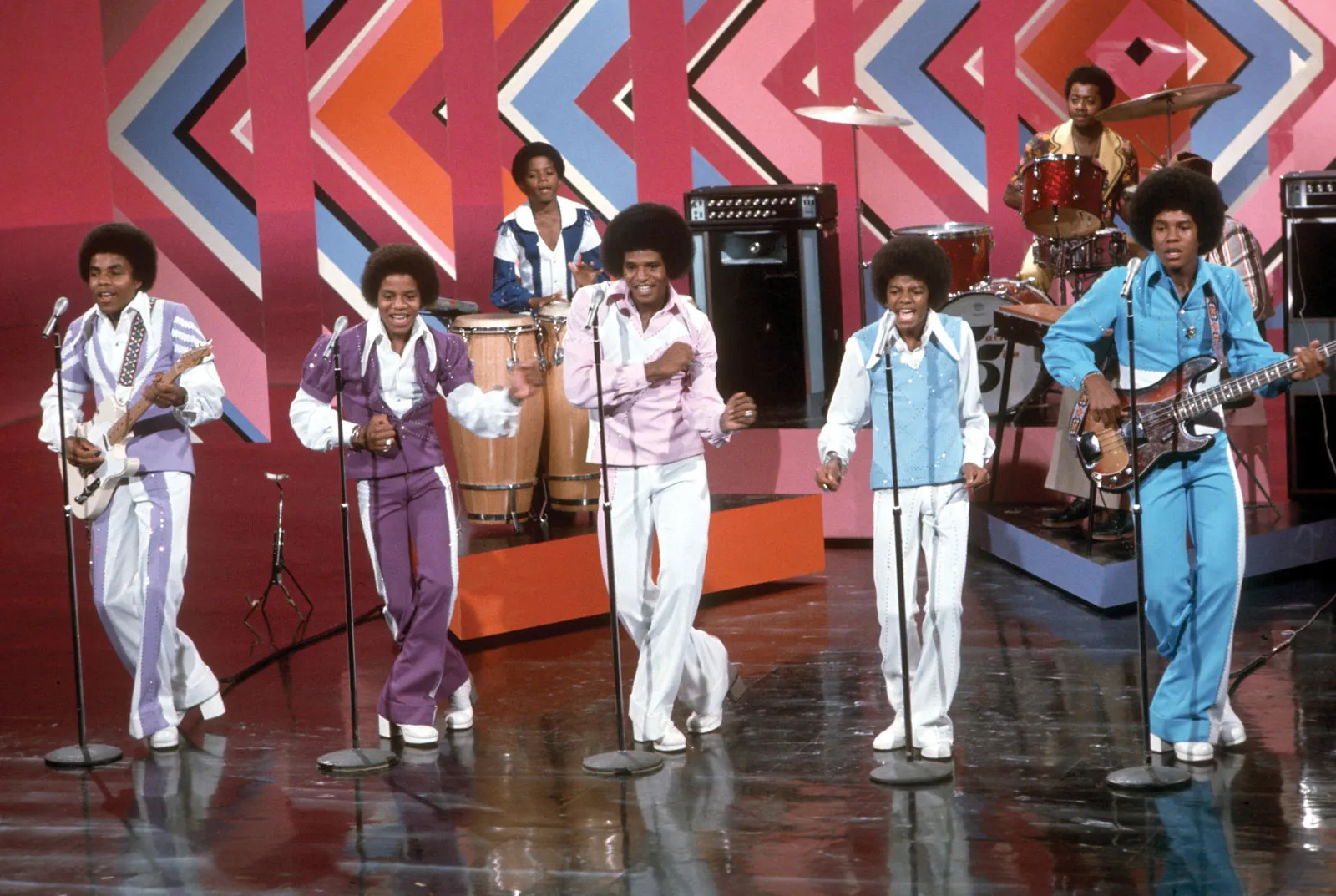
Before Instagram made child stars overnight sensations, five brothers from Gary, Indiana earned their fame one perfect performance at a time. Their historic run of four consecutive #1 singles in 1970 still stands as a testament to raw talent meeting relentless preparation. Their 1975 transformation into The Jacksons demonstrated rare artistic growth beyond teen idol status. While Michael’s later moonwalk captured global attention, those early Jackson 5 recordings captured lightning in a bottle.
7. Commodores Musical Odyssey
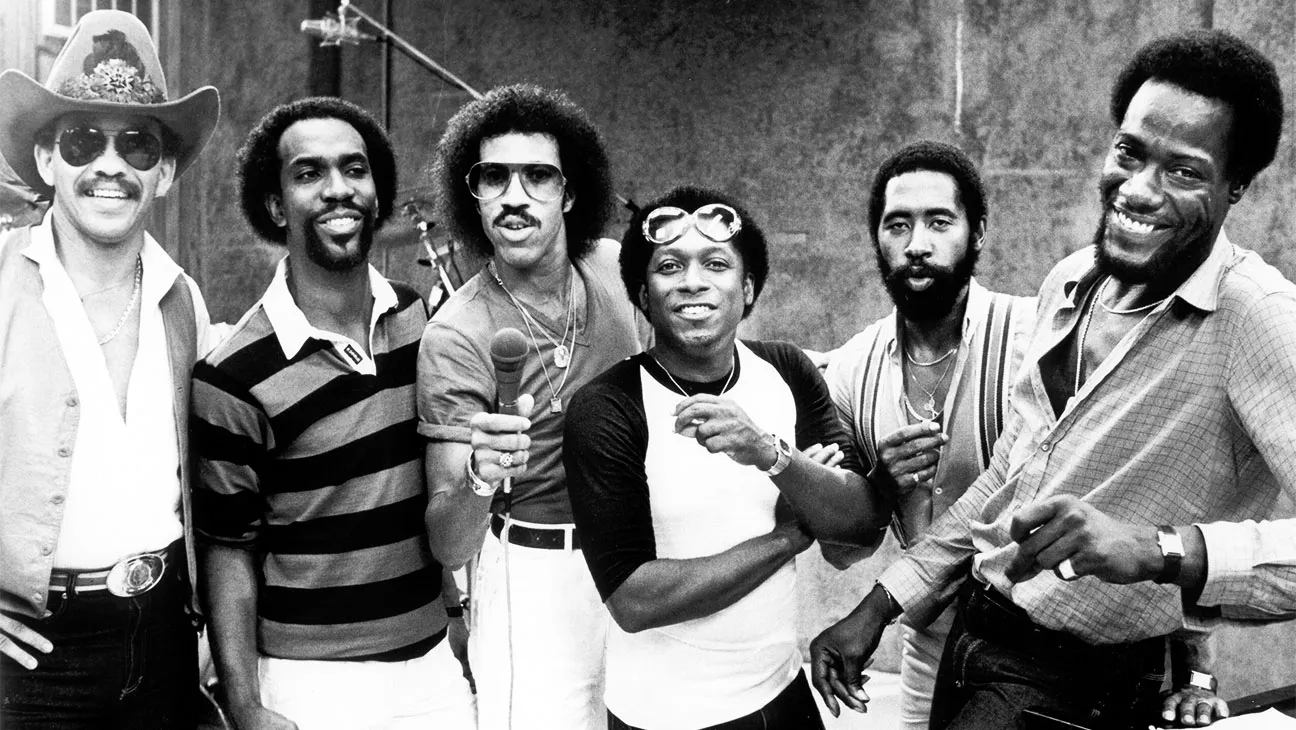
Think funk bands can’t do ballads? The Commodores didn’t just cross musical boundaries – they erased them. Emerging from Tuskegee Institute in 1968, these college musicians proved education and street credibility could coexist. Between 1974 and 1982, they landed 19 singles in Billboard’s Top 40, moving effortlessly from the raw funk of “Machine Gun” to the tender balladry of “Three Times a Lady.” While Lionel Richie’s 1982 departure closed their peak era, the band had already written a new chapter in musical versatility.
6. MFSB MusicalAlchemy
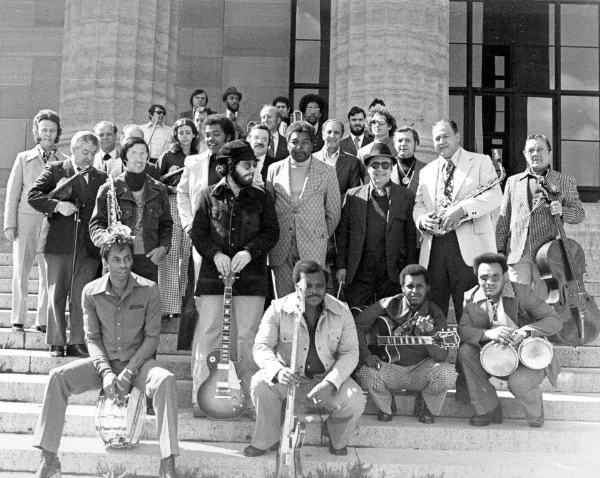
Before sampling became a producer’s best friend, MFSB created every sound from scratch with pure musicianship. Their Grammy-winning “TSOP” defined 1974’s sound, becoming more than just Soul Train’s theme – it was Philadelphia’s victory lap. This collective of studio virtuosos didn’t just play on hits; they architected the lush soul sound that would influence generations. Want to know why modern R&B still uses string sections? Thank MFSB’s blueprint.
5. Mandrill’s Musical Revolution
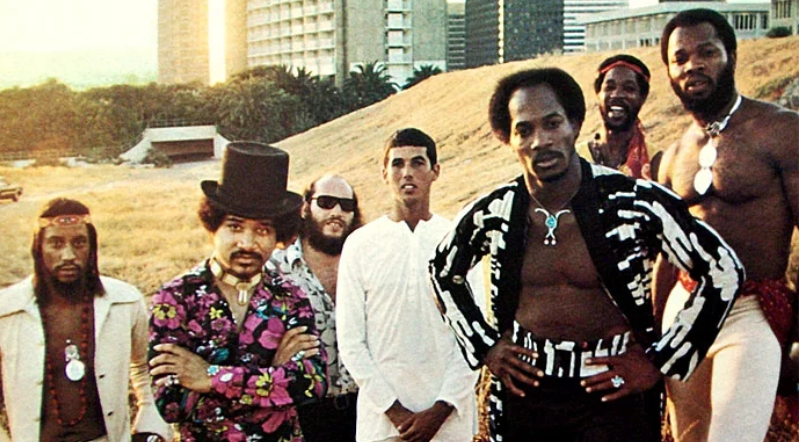
Brooklyn’s cultural melting pot of 1968 birthed Mandrill, where you might hear a Latin percussion break suddenly morph into a jazz saxophone solo. Seven consecutive Billboard-charting albums between 1972 and 1978 proved audiences were ready for their musical alchemy. The Wilson brothers threw genre rules out the window with tracks like “Fencewalk” and “Positive Thing,” while maintaining an irresistible groove that kept dance floors packed. Today’s genre-fluid artists still study their fearless approach to breaking musical boundaries.
4. Rose Royce Musical Journey
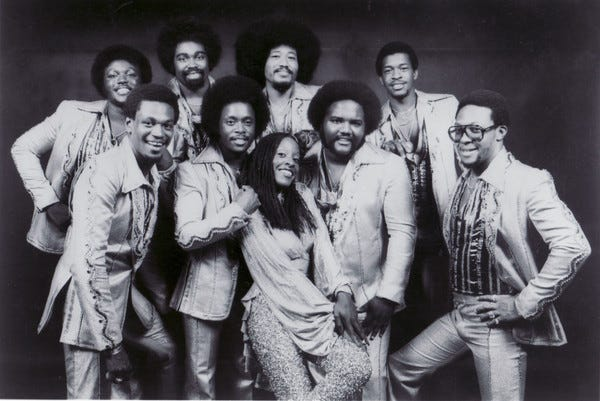
When you hear the opening notes of “Car Wash,” you’re experiencing the moment a backing band stepped into the spotlight. The soundtrack achieved platinum status in 1976, transforming Rose Royce from studio musicians into stars. Gwen Dickey’s soaring vocals elevated sophisticated arrangements on hits like “Wishing on a Star” and “I Wanna Get Next to You.” Their legacy lives on in every funk band that dares to add orchestral elements to their groove.
3. Harold Melvin & The Blue Notes Soulful Legacy
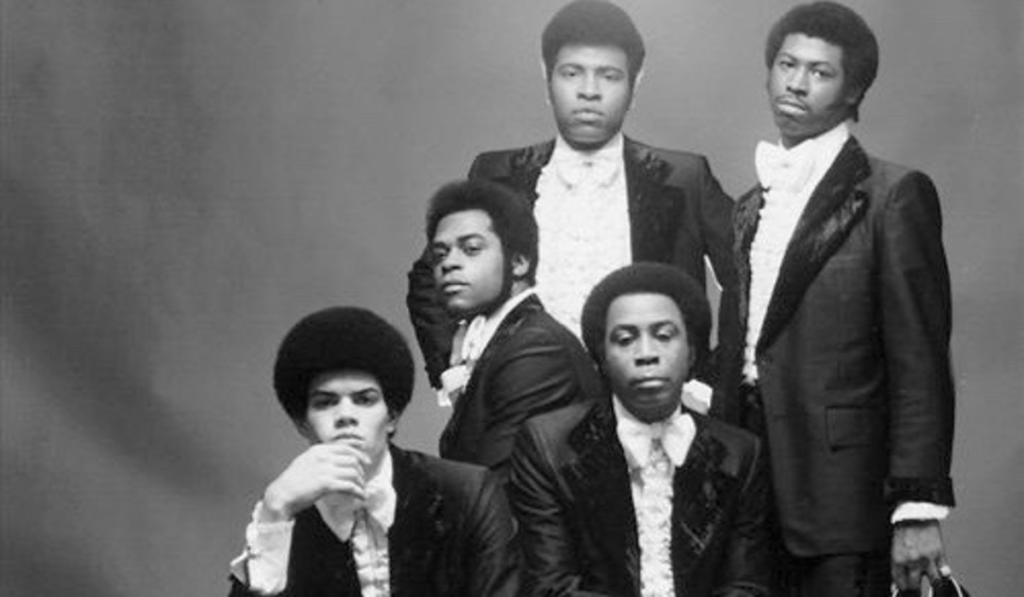
If you’ve ever wondered where modern R&B’s emotional depth came from, look no further than Harold Melvin & The Blue Notes. Five consecutive top 10 R&B hits between 1972 and 1975 barely hint at their impact on soul music. Teddy Pendergrass’s thunderous baritone turned songs like “If You Don’t Know Me by Now” into master classes in vocal emotion. Every power ballad since owes a debt to their pioneering blend of raw feeling and polished production.
2. The Blackbyrds Musical Innovation
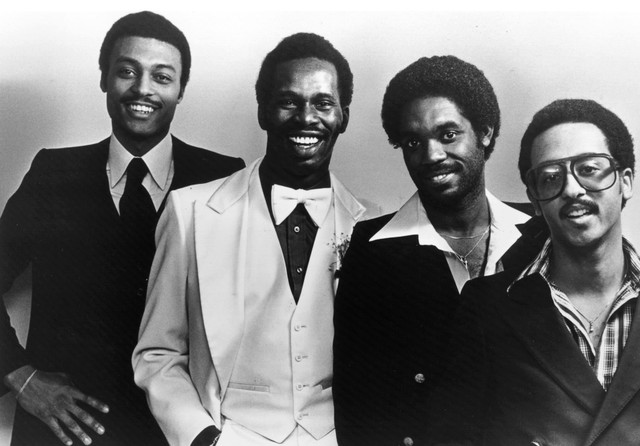
When your college professor is jazz legend Donald Byrd, you better take good notes. The Blackbyrds turned Howard University’s jazz program into a funk laboratory, proving academic theory could have street appeal. Eight consecutive Billboard-charting albums between 1974 and 1980 showed that smart and funky weren’t mutually exclusive. “Walking in Rhythm” and “Rock Creek Park” became urban anthems that still resonate in their hometown D.C., where education and groove remain inseparable.
1. The Emotions Musical Sisterhood
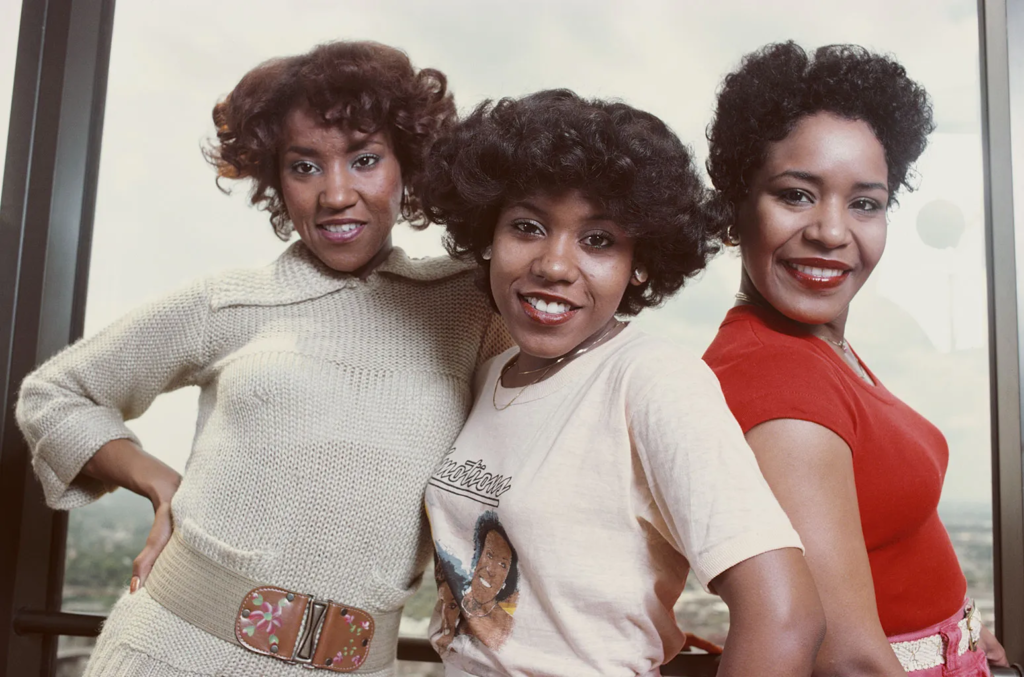
Ever wonder where modern vocal groups learned their intricate harmonies? The Emotions brought Sunday morning precision to Friday night dance floors, starting with their 1969 Stax debut. “Best of My Love” earned both a Grammy Award and five weeks at #1 in 1977 during their golden period with Maurice White. Sisters Wanda, Sheila, and Jeanette Hutchinson wove gospel techniques into secular soul so seamlessly that you’d swear angels had joined the band. Their blueprint for turning sacred harmony into pop gold still inspires vocal groups today.




